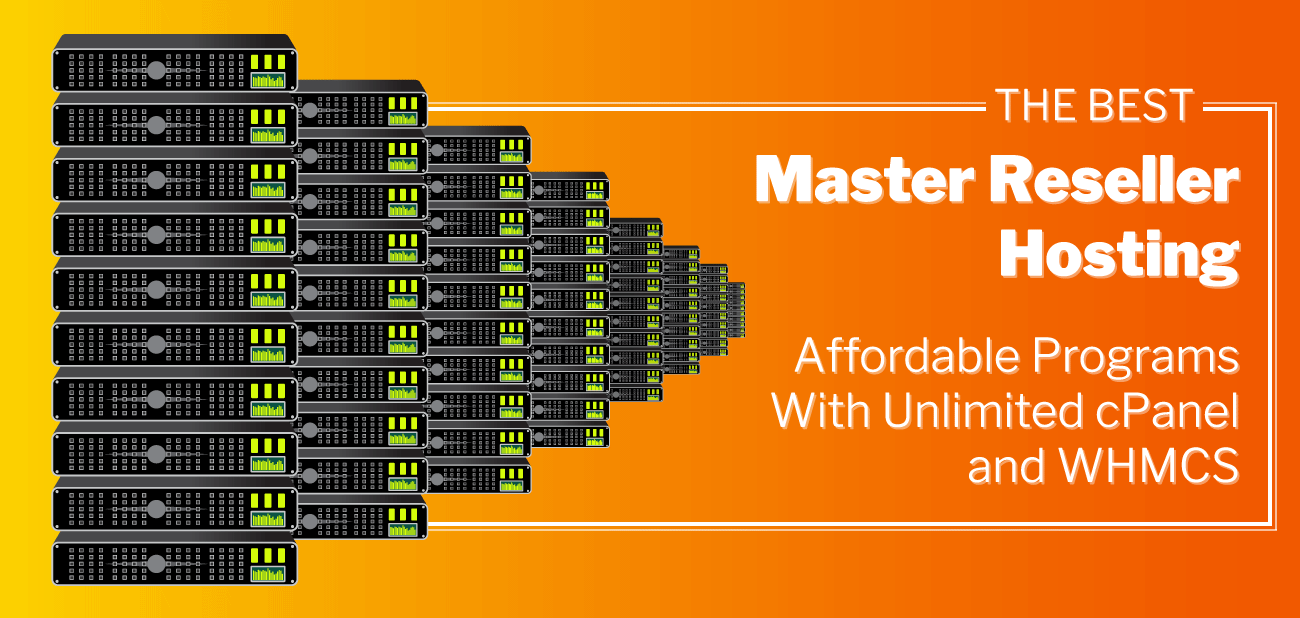If you are a newbie to the web hosting business, you might find the WHMCS tutorial useful. In this tutorial, you will learn the basics of the system, as well as how to integrate it with your cPanel control panel. After you have installed the system, you can begin configuring your stock control and domain management. To get started, follow the steps listed below.
WHMCS
When you create your own hosting business, you may have several options to offer. There are several turnkey options available, including cPanel, Plesk, and DirectAdmin. Once you choose a provider, you will have to install the software and set up your plans. When it comes to selling hosting plans, it’s better to use a turnkey system like WHMCS. However, you should know that using a turnkey service may reduce your profit margins when compared to using your own stuff. Eventually, you may want to consider running your own server as well.
cPanel integration
Using cPanel can reduce a webmaster’s workload tremendously. This is because it requires zero or little development expertise and enables webmasters to easily perform most tasks themselves. While running a website can be stressful, the simplicity of cPanel can greatly reduce that stress, and dramatically reduce the rate of annoying mistakes. Read on to learn more about the benefits of cPanel integration and how to use it in your hosting business.
Stock control
To manage your stock effectively, you need to use a stock control system. This will help you save time, effort, and money. The system can be customized to fit your business’s needs. It also allows you to track inventory, reduce error rates, and improve economic performance. To learn more about the benefits of stock control software, read on. Here are some examples. To start using stock control software, install a free trial.
Domain management
Whether you own multiple domains, manage your own website or are just starting out, it’s vital to understand the basics of domain management. Domain names are your virtual address in the digital world. Without proper domain management, you could be vulnerable to cybersquatting and business impersonation, which could cost you sales. Below are some essential tips to help you manage your domains as a web hosting business owner.
Automated billing
Keeping track of invoices and customer correspondence is not a simple task. Automated billing systems, such as HostBilling, enable customers to purchase hosting plans and manage their domains directly from your website. This helps you save time by automating processes like invoice distribution, payment reminders, and customer receipts. HostBilling also integrates with a variety of third-party services, including domain registration, control panel integration, and payment gateway and domain registrar integration.


